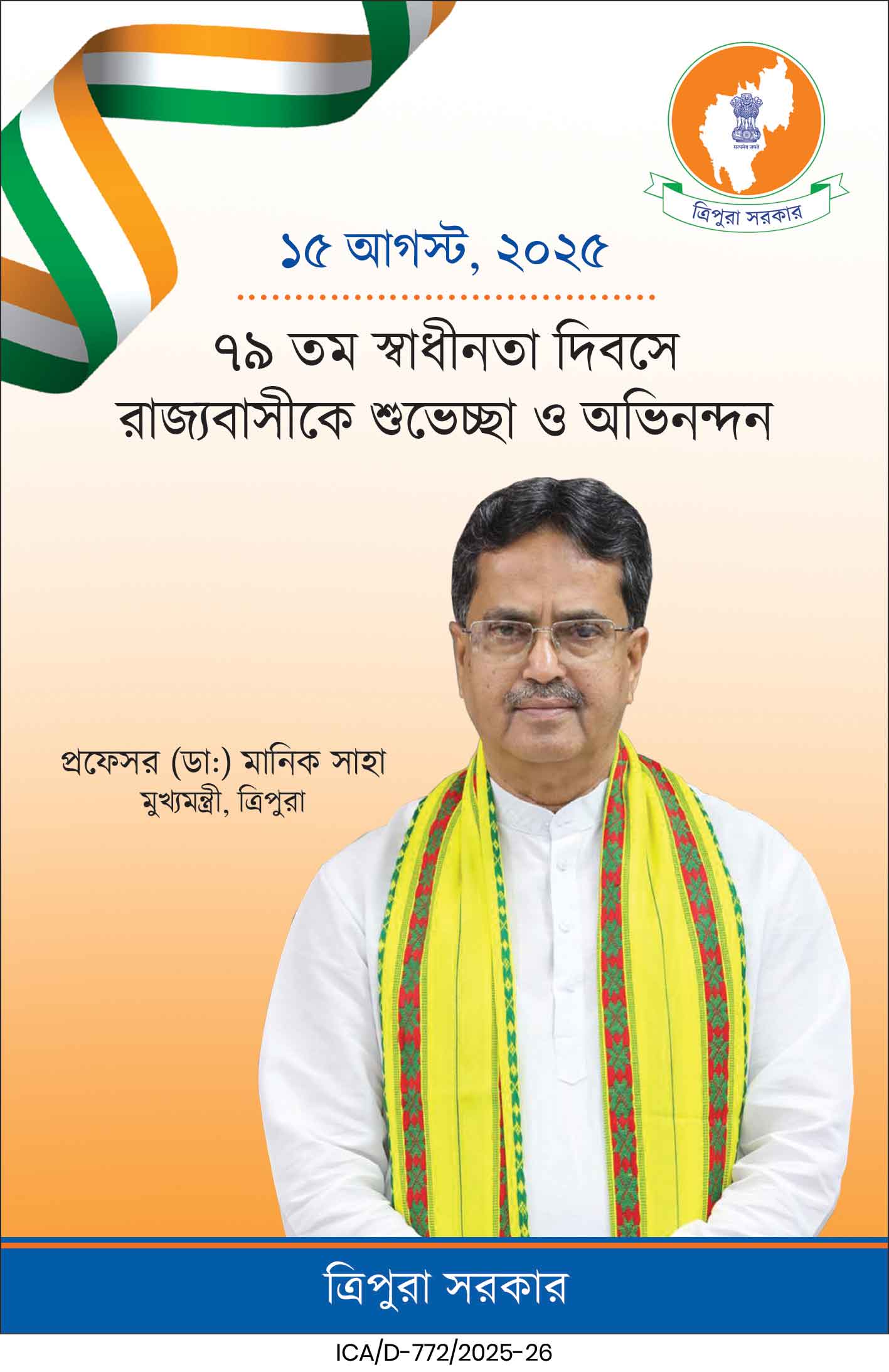Mumbai: The RBI kept its policy rate unchanged at 6.5% in line with expectations. Moreover, it continued with its stance of withdrawal of accommodation with a 5:1 vote.
According to HDFC Banks treasury research team, the message from the policy was clearly hawkish in response to the rising inflationary risks. This was reflected in both the significant upward revision in RBIs inflation forecast and the decision to introduce 10% incremental CRR for banks (to address the liquidity overhang due to the withdrawal of 2000 rupee notes).
We had earlier highlighted the possibility of durable liquidity absorption measures that could be announced in the face of rising inflationary pressures (see our note Bond View on 28th July 2023) and continue to think that if food inflation pressures are not as transitory as is being expected a continuation of liquidity tightening beyond fine-tuning operations remains likely in the coming months, it said in a reaction post-RBIs decision to main status quo on the repo rate.
On rates, it expects the RBI to remain on hold through FY24 and a rate cut is not likely before Q1 FY25.
The timing of the rate cut would depend both on domestic fundamentals and also the turn in the global interest rate cycle. Therefore, it is unlikely for the RBI to precede the US Fed in beginning its rate cut cycle, it said.
With respect to inflation, the RBI revised up its Q2 FY24 inflation forecast by 100bps to 6.2%, full-year forecast to 5.4% (from 5.1% earlier) and gave an above 5% forecast (5.2%) for Q1 FY25.
While the central bank did recognise that vegetable price increases tend to be transitory and the recent rise could reverse sharply in the coming months, it also talked about other inflation risks from cereals, pulses, and global commodity price increases.
In addition, food inflation increases tend to have a greater influence on inflation expectations if sustained. Therefore, higher for longer + liquidity tightening is likely to be the RBIs playbook going forward, particularly given its commitment to bringing inflation down to 4% on a sustainable basis.
We expect inflation to average 5.6% in FY24, higher than the RBIs forecast. Inflation for July is expected to print at 6.6%. The RBI currently assumes a normal monsoon for August and September, but the IMD has projected a below-normal monsoon in August this could present further upside risk to the RBIs inflation forecasts going forward.
In terms of liquidity, the ICRR is announced effective 12 August and entails that banks shall maintain an incremental cash reserve ratio of 10% on the increase in deposits between May 19 and July 28. In the post-policy press conference, the governor mentioned that this could imply a little over Rs 1 lakh crore of liquidity being reduced, the HDFC treasury research team.
The total liquidity in the system (government balances + LAF) stood close to Rs 3.5 lakh crore with the LAF balance at Rs 2 lakh crore as of August 8.
Tighter liquidity conditions could imply some upward pressure on both credit and deposit rates as transmission of past rate hikes improves.
We expect liquidity surplus as measured by the LAF balances to average between Rs 1 to 1.5 lakh crore going forward in Q2 FY24.
The 10-year bond yield was broadly unchanged post the policy announcement and was trading at 7.17% at the time of writing.
We continue to expect some upward pressure on bond yields going forward, led by elevated US yields (risk of upward pressure if US CPI surprises on the higher side today), rising domestic inflation and global commodity prices. We see a range of 7.15%-7.25% for Q2, it said.





